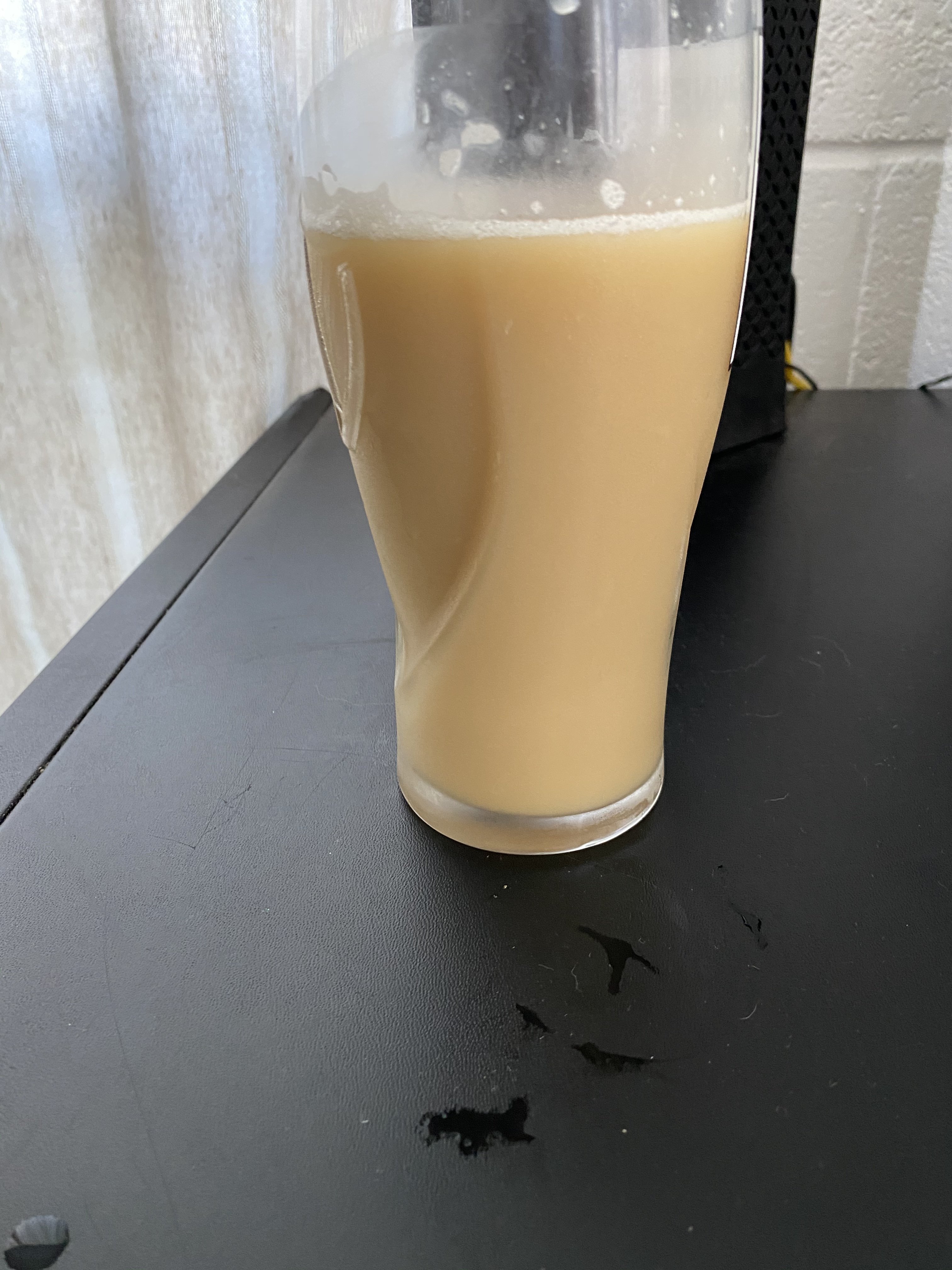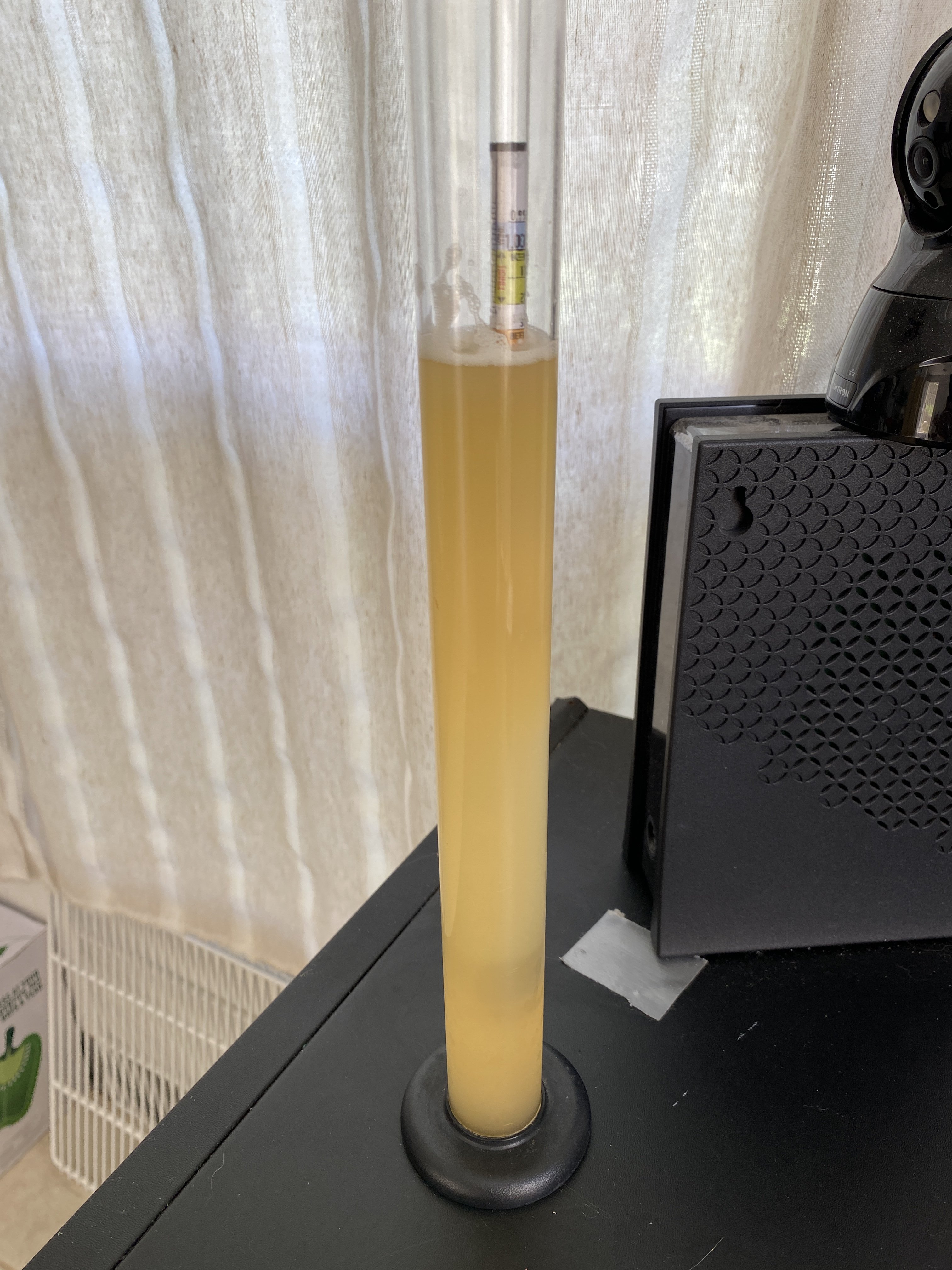No I mean lagering, as in cold conditioning. Lager fermentation is typically between 46-55F and cold storage for maturation can happen between 32-40F. I fully agree that colder is better, and 32-34 is the ideal lagering temp range, I was just taking exception to the absolute statement that lagering cannot be done at 38F.
I don't mean to be argumentative, but I always like to think of how a new brewer might read and interpret my posts. If a person just starting out doesn't have the ability to store their beer at 32, then lagering in the bottom of the refrigerator closer to 38 might be their only option, and they could be discouraged by reading the post above.
Like anything there are no hard set limits in brewing, just a bunch of opinions on what the hard set limits could/should be








































![Craft A Brew - Safale BE-256 Yeast - Fermentis - Belgian Ale Dry Yeast - For Belgian & Strong Ales - Ingredients for Home Brewing - Beer Making Supplies - [3 Pack]](https://m.media-amazon.com/images/I/51bcKEwQmWL._SL500_.jpg)





















